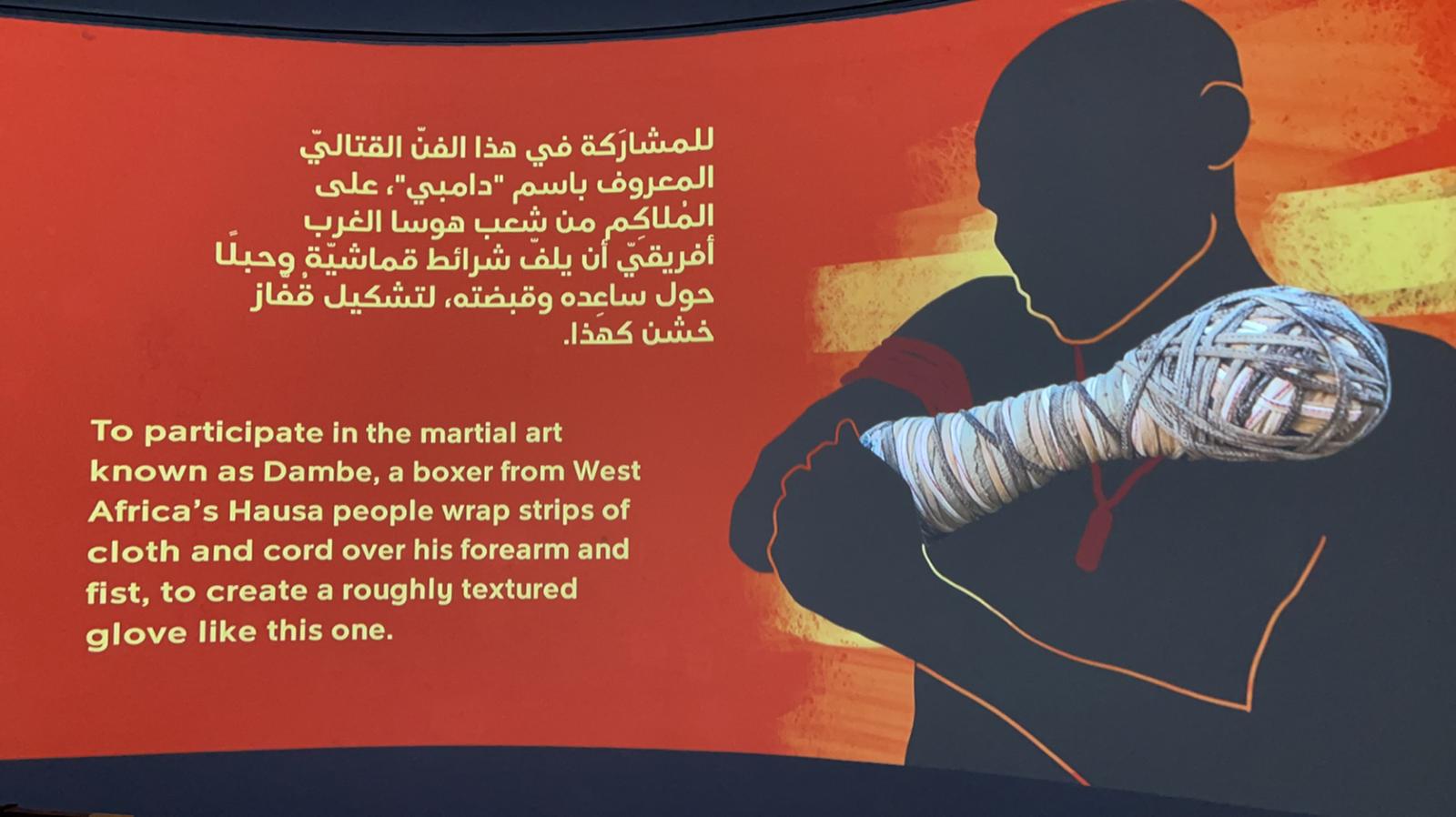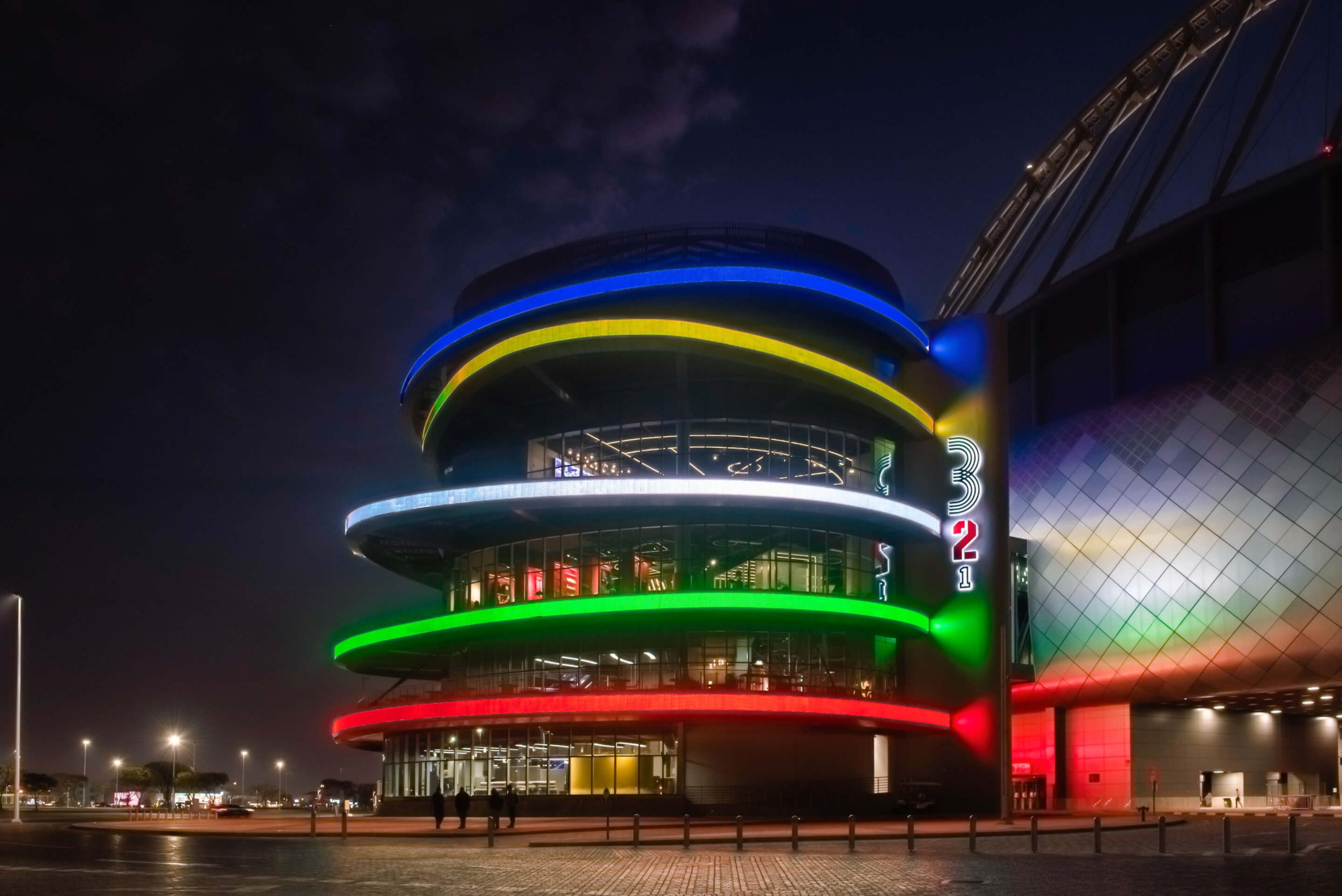According to the museum’s director, there are plans to enrich Qatar’s cultural sports landscape and promote healthy living.
The 3-2-1 Qatar Olympic and Sports Museum, the second-largest museum in the world purely dedicated to sports, is celebrating its second anniversary since its establishment.
Walking through memory lane via a post on Instagram, museum director, Abdulla Yousuf Al Mulla hailed the archival sports centre as one that talks about the history of sports in every continent worldwide.
For instance, the museum’s Gallery 2: A Global History of Sport takes visitors on a journey through time, exploring world sporting histories.
The gallery houses nearly 100 artefacts and reproductions – dating as far back as the 8th century BCE to the early 20th century.
Gallery 2 divides into geographic and thematic sections – each exploring the sports histories of Europe, Asia, and Oceania the Americas, Africa and the Middle East regions.
Within the Africa section, the museum sheds light on West Africa’s Dambe martial art sport native to the region’s Hausa community.

“There is no doubt that we are advancing, in line with Qatar Vision 2030. We have many plans that enrich the cultural sports movement in society, which includes changing lifestyle through specialised departments in nutrition,” Al Mulla added.
The museum also proudly offers a variety of educational programmes to enhance Qatar’s understanding and spread awareness of the history of sports as well as Olympic and sports culture. The museum formulated school programmes in cooperation with the national Ministry of Education and Higher Education.
‘Qatar’s commitment to modern Olympic movement’ – Sheikha Al Mayassa
In Sheikha Al Mayassa bint Hamad Al Thani’s reflection on the museum’s two-year feat, she highlighted that its establishment marked the first in the region dedicated to showcasing world strides within sports.
The Qatari royal, also the Chairperson of Qatar Museums, added that the museum is currently the only Arab institution part of the International Olympic Museums Network (OMN).
In November 2022, Qatar News Agency reported that the 3-2-1 Qatar Olympic and Sports Museum joined the OMN.
The OMN was established in 2006 with just 11 founding members. Today, it connects 34 global institutes, including Algeria’s Musée Olympique et Sportif Algérien.
The network celebrates the intersharing of best practices, bolstering cooperation and encouraging work on common projects relating to exhibitions, education programmes, and commercial development – among other sectors.
For Qatar’s Sheikha Al Mayassa, the museum’s active membership within the OMN demonstrates: “Qatar’s commitment to the ideals of the modern Olympic Movement, which recognises the potential for athletic competition to lift the spirit, foster cooperation among people, and encourage a healthy lifestyle and productive way of life.”
Ready, set, go!
In March 2022, Doha News broke the story that the 3-2-1 Qatar Olympic and Sports Museum was set to open its doors to the public for the very first time.
Under the patronage of Qatar’s Amir, Sheikh Tamim bin Hamad Al Thani, the spiralling architectural structure, spanning approximately 19,000 square metres, became an addition to Qatar Museums’ portfolio.
Nestled within Doha’s Aspire Zone, the museum was designed by Spain’s Joan Sibina.
At the opening, the likes of David Beckham, Thomas Bach, the President of the International Olympic Committee and Gianni Infantino, the President of FIFA, attended to take a first glimpse at one of the largest museums of its kind.
Opening remarks were delivered by Sheikh Mohammed bin Abdullah Al Thani, the museum’s President, and Sheikha Al Mayassa.
Aside from Gallery 2, the remaining galleries, as organised by Deputy Director of Curatorial Affairs Kevin Moore, include the World of Emotion lobby, the Olympics section and the Hall of Athletes.
Further, there is the Qatar – Hosting Nation section, which spotlights important tournaments hosted by Qatar in recent years and the international attention they have received, starting with the 2006 Asian Games in Doha.
The museum also features the Qatar Sports section. This space covers the development of sports in Qatar, from traditional sports to the arrival of international sports and competitions. It also brings attention to Qatar’s established sporting traditions, such as falconry, pearling and camel racing. The gallery exhibits the connection between sports and Qatar’s heritage.
The final gallery, the Activation Zone, encourages physical activity by inviting visitors to walk through six spaces that mimic Qatar’s landscape.







